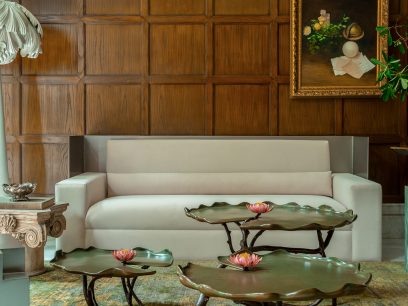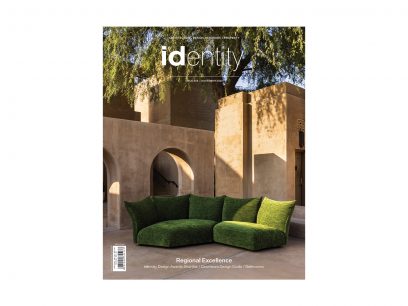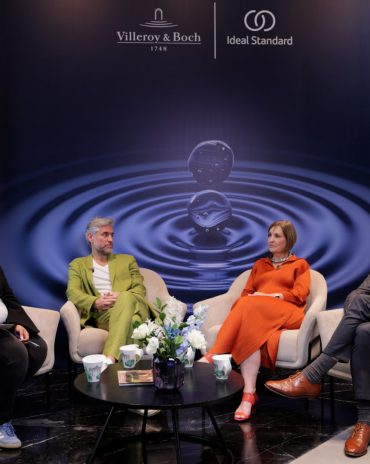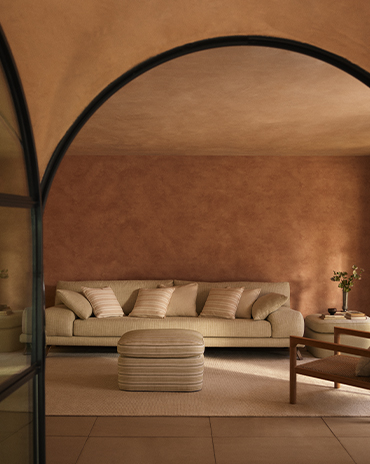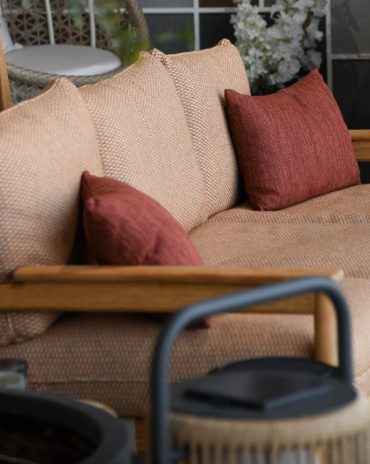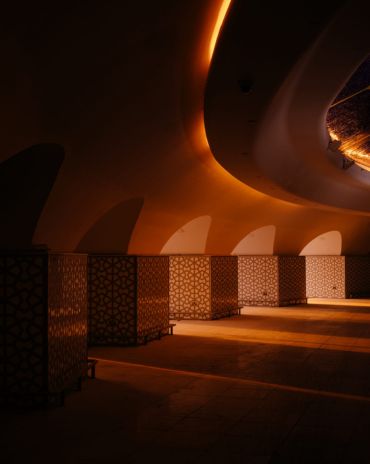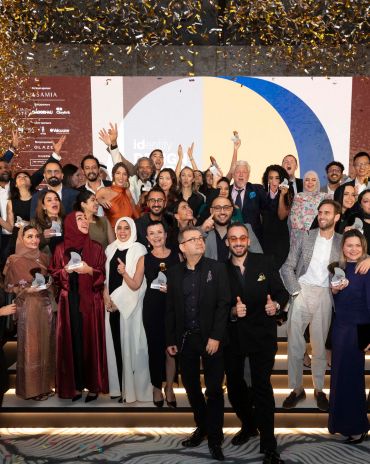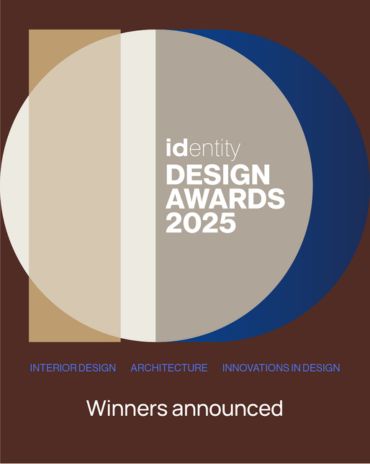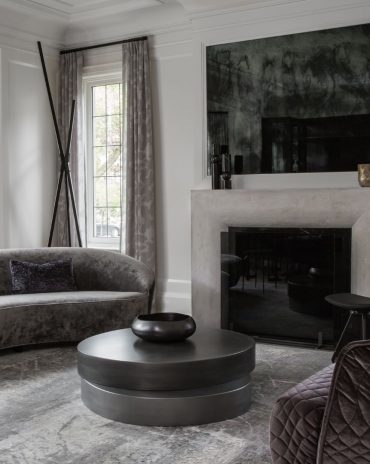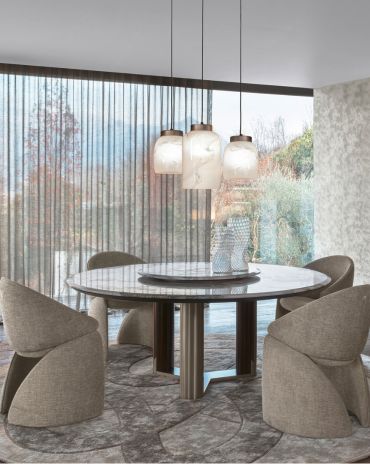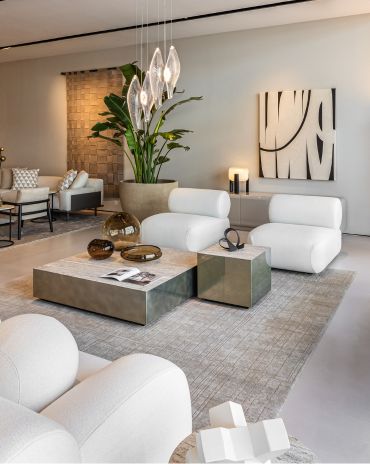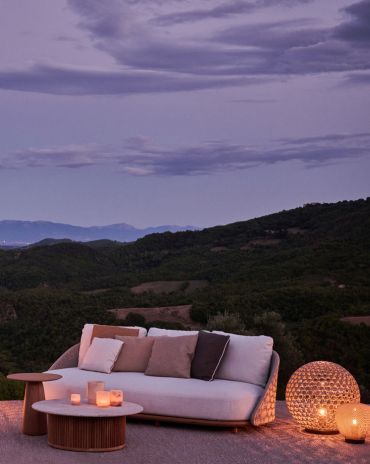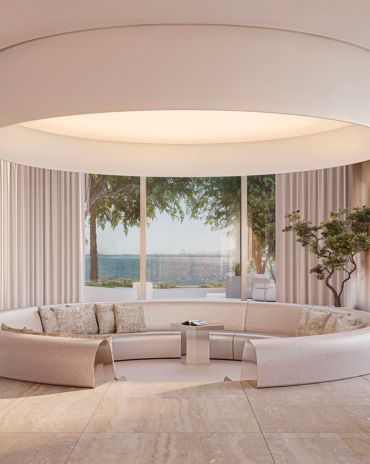Copyright © 2025 Motivate Media Group. All rights reserved.
Paola Anziché’s residency at Tashkeel merges textiles from Loro Piana and local materials from the UAE
The Italian artist's residency investigates the heritage of the UAE through textiles and materials
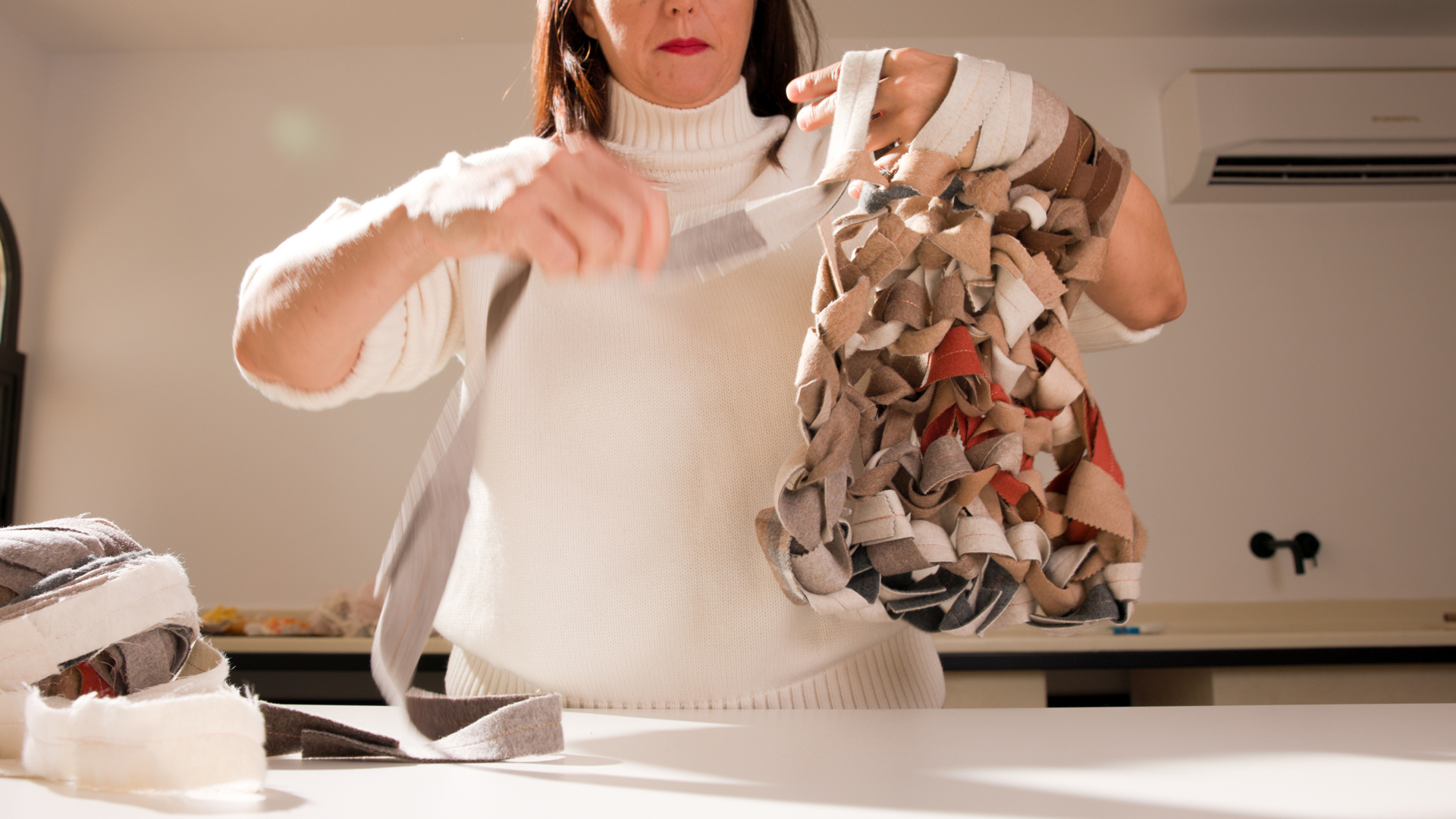
Exploring the intersections of heritage, culture and nature, Turin-based artist Paola Anziché has applied her research-led practice to create a new series of textile sculptures and forms for her four-month residency at Tashkeel, in collaboration with fashion house Loro Piana under the Tashkeel Residency programme.
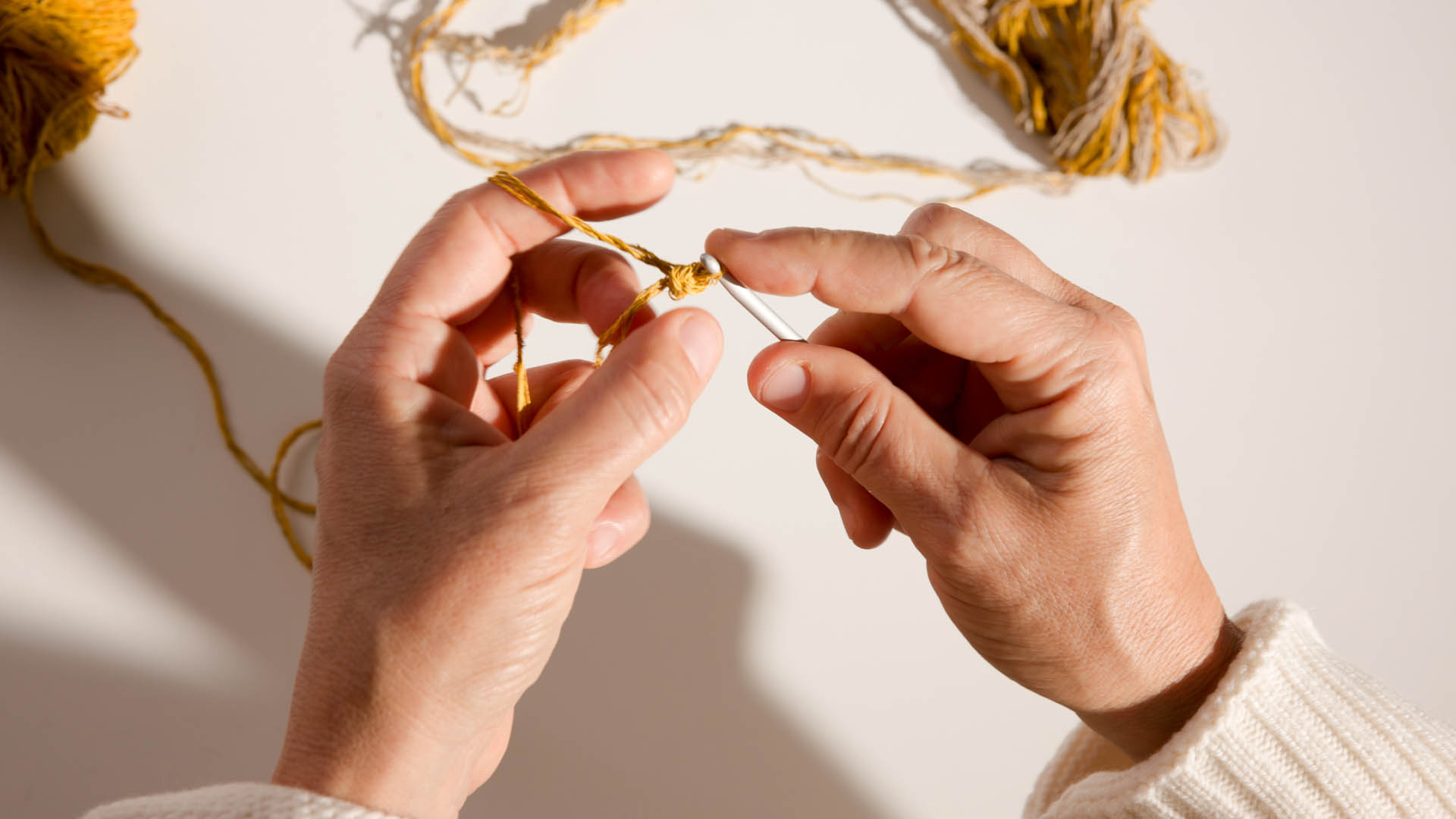
A textile expert in her own right, Anziché used Loro Piana raw fibres – off-cuts sourced from its factories including wool, cashmere, silk and lotus flower – and intersected them with traditional local fabrics and materials that are closely linked to the heritage of the UAE.
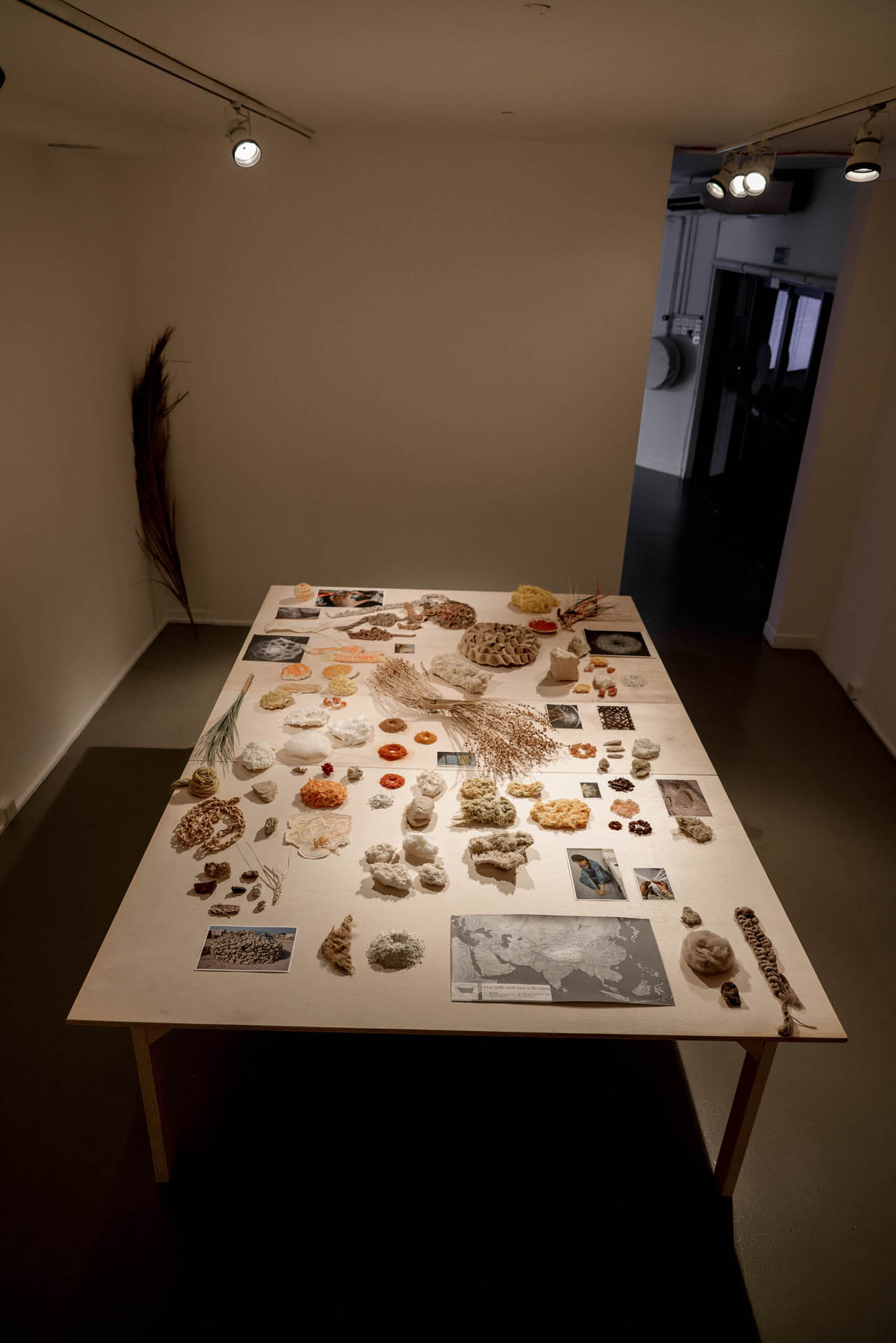
“‘Seeing with your hands’ is the expression with which I define my artistic practice, where every work, every sculpture, is created by experimenting with different weaving and interweaving techniques,” the artist tells identity. “The preparation for such manual practice involves the collection of texts and images, which in turn leads me to create a sort of archive to feed my research.
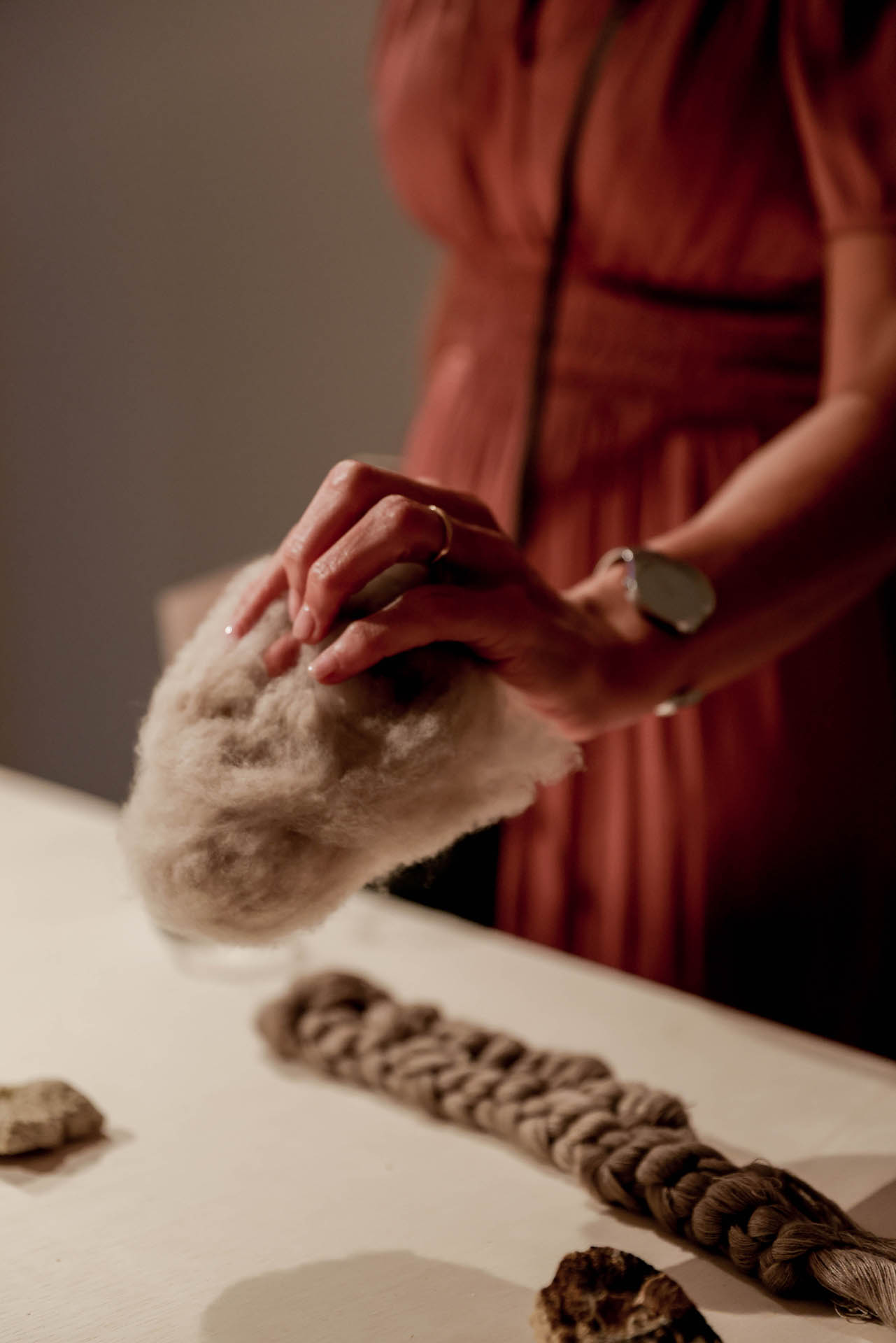
“My interest in the gestural aspects of weaving stems from an intention to reproduce (and reinterpret) the purity of a non-verbal language that has been developed over time and communicated through the action of hands… Every material is chosen for its precise physical characteristics. These influence both the design process and the creative methods used. In doing so, it is possible to retrace the history, the original context and, in some way, the uniqueness of each fibre,” she says.
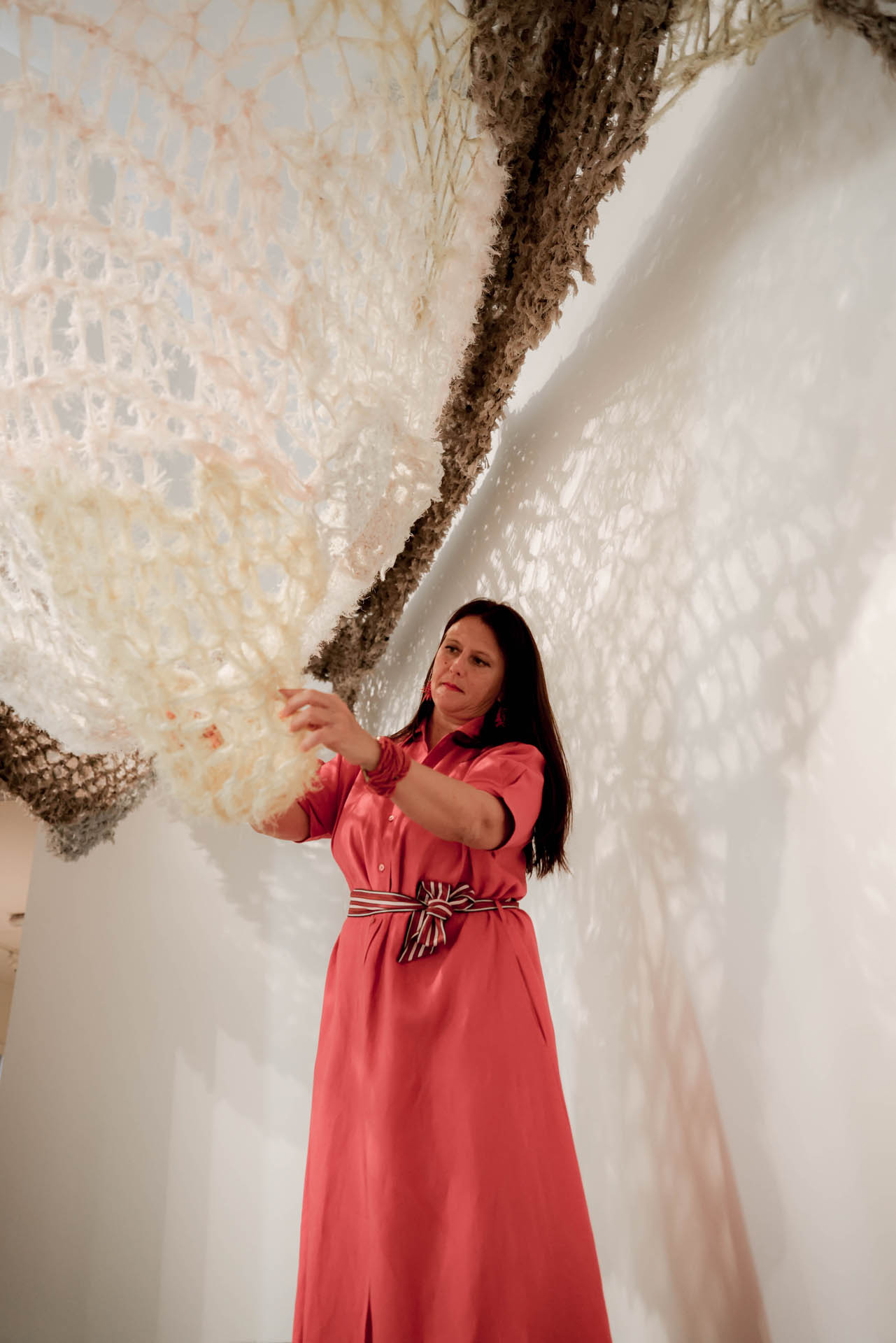
Her body of work at Tashkeel, titled ‘Entwined Matter’, investigates what, to the artist, is the ‘hidden’ culture that surrounds Dubai and beyond. She explored traditional architecture and archaeological locations across the Emirates and became introduced to those safeguarding the art of traditional crafts through the Bidwa Social Development Programme, a centre in Dibba Al Hisn run by Irthi Contemporary Crafts Council.
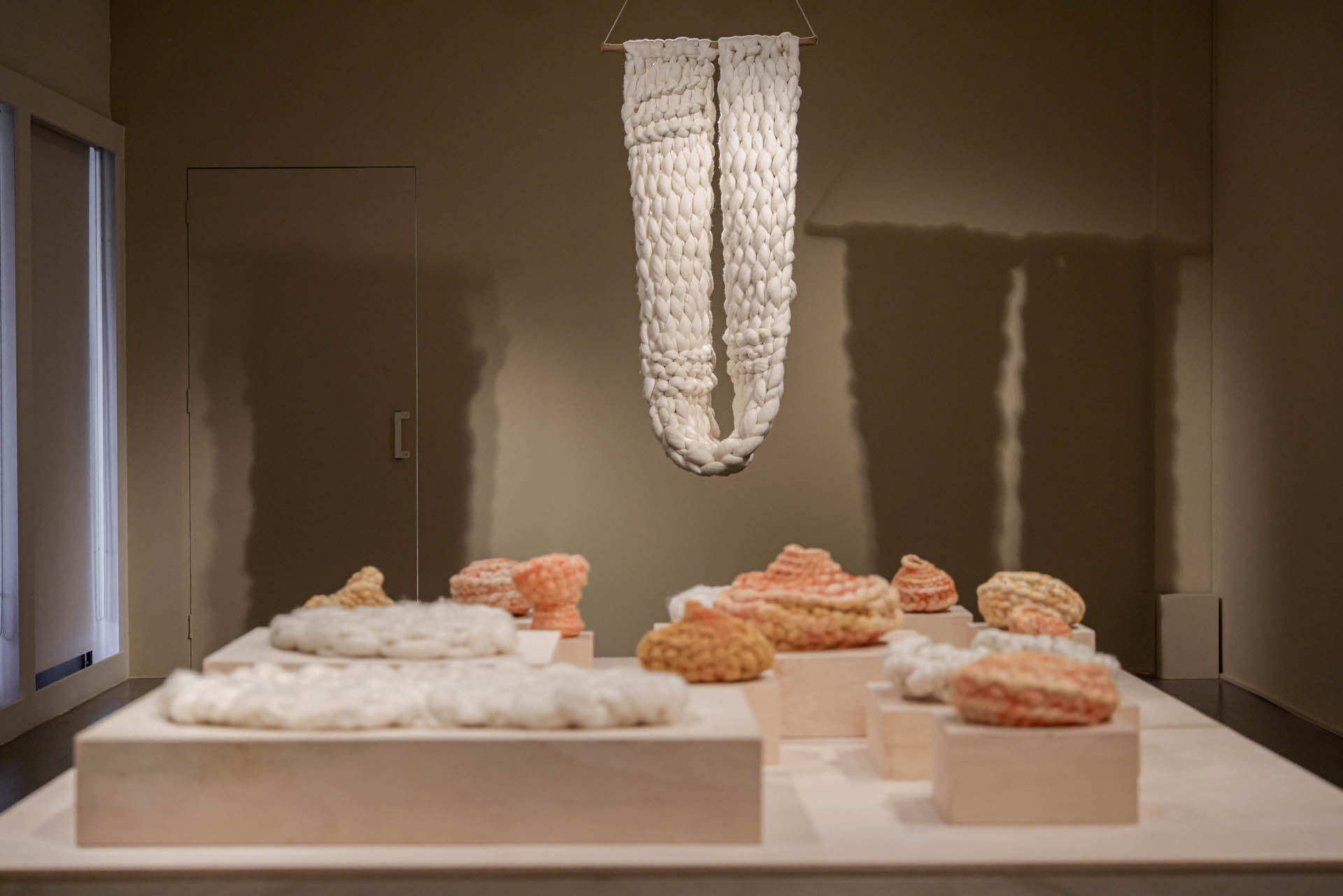
“By carefully observing places and environments, I discovered a wealth of references implicit in them: the large corals traditionally used as bricks in the buildings of Al Hamra Village, Ras Al Khaimah (precious fractal geometries); the varying shades of sand (especially noticeable at sunset) at Al Jahili Fort in Al Ain; the chromatic variations of the sands at Meliha Archaeological Centre and Buhais Geology Park in Sharjah; as well as the suggestive ‘crusts’ of sand and salt found in the salt lakes (‘sabkha’ in Arabic) of Al Wathba, Abu Dhabi,” Anziché shares.

As a result, the artist has integrated elements of the region into the textiles and fibres: she used spices as a symbol of the ancient relationships and trading routes between the UAE and its neighbouring countries; salt, referring to the importance of obtaining drinkable water through desalination as well as references to the salt lake (sabkha) formations in the desert; and ‘the sun’ which, she says, plays an active role in marrying the spices and the fabrics, as well as in combining the salt.
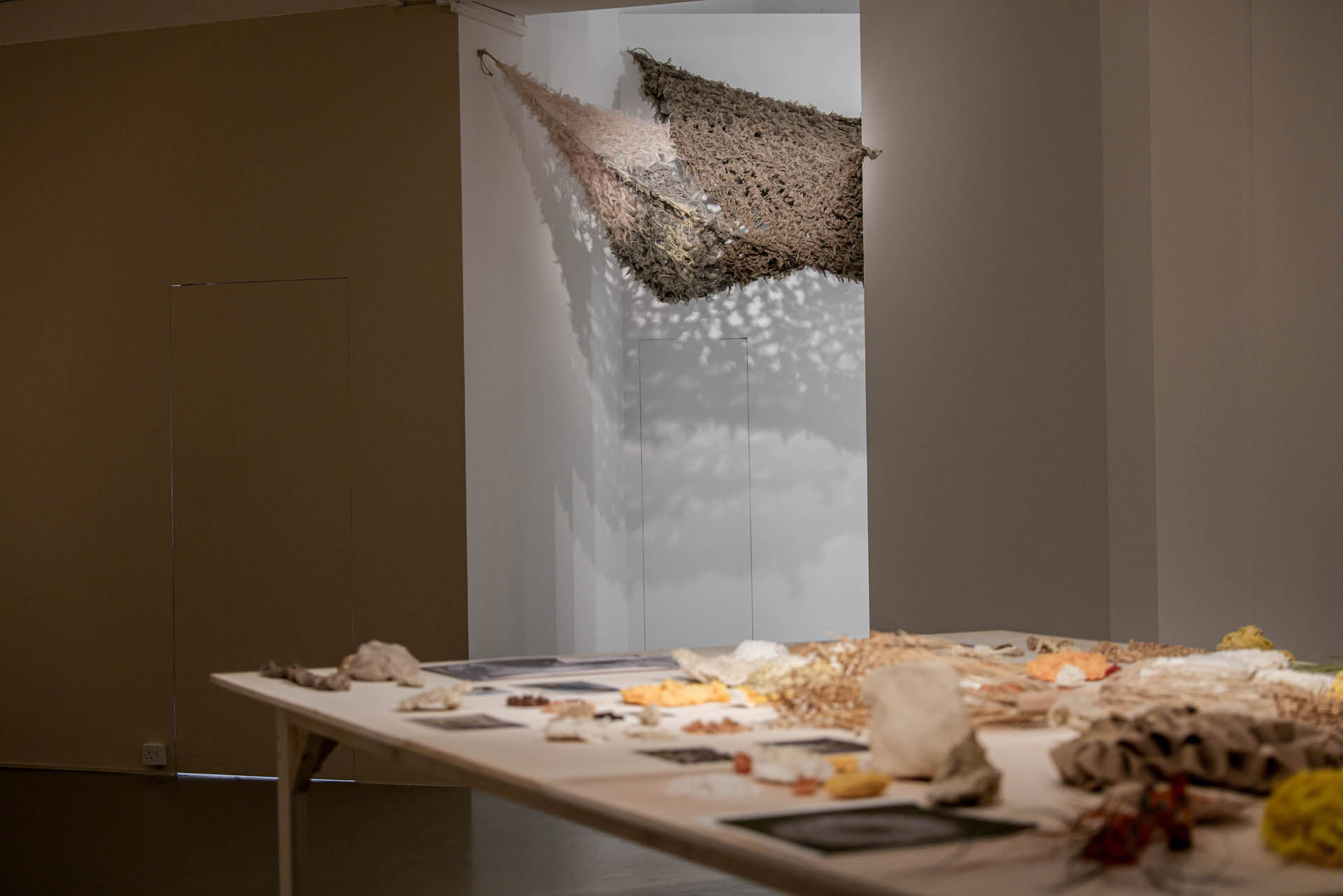
Another active component in the artist’s work is the connection between the pieces and their audiences: “The bond between the body and the work is a constant in my practice,” says Anziché. “I often choose to place the viewer close to a piece so that it forms an experience in their memory. The viewers must be able to pass through, climb over, lean on and touch [the work].”
The Latest
Design Dialogues with Ideal Standard x Villeroy & Boch
During Dubai Design Week 2025, identity held a panel at the Ideal Standard x Villeroy & Boch showroom in City Walk, on shaping experiences for hospitality.
A Touch of Luxury
Here’s how you can bring both sophistication and style to every room
Outdoor Living, Redefined
Messara Living and Vincent Sheppard Unveil “Outdoor at Its Best 2026”
NOMAD Opens Its Doors in Abu Dhabi’s Iconic Terminal 1
A modernist landmark is reimagined as a global stage for collectible design, contemporary art, and cultural dialogue.
In photos: Winners at the identity Design Awards 2025
Presenting the winners of 2025 identity Design Awards.
Identity Design Awards 2025 – Winner’s List
Here are the winners of the identity design awards 2025
Hogg’s Hollow
Set along the bend of a quiet river and sheltered within a mature, tree-lined enclave of Toronto, this riverside residence offers a dialogue between structure and softness, restraint and warmth
Salone del Mobile.Milano Paints Riyadh Red
The “Red in Progress” installation marks a powerful first step toward the city’s full-scale 2026 edition
An interview with Fabio Masolo on the Giorgio Collection
A conversation on passion, timeless design, and bringing Italian craftsmanship to the world
European Design, Instantly Within Reach
In a city where design dreams often come with long lead times, Caspaiou brings a refreshing difference – luxury, curated and available now
Shaping Tomorrow’s Interiors
Here’s what awaits at the OBEGI Home showcase at Dubai Design Week
Maison Margiela Residences
Conceived by Carlo Colombo, these bespoke residences will be located on the Palm Jumeirah


